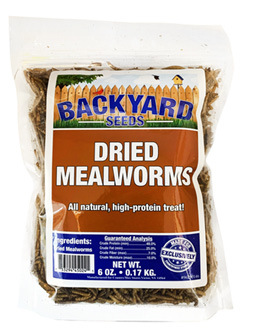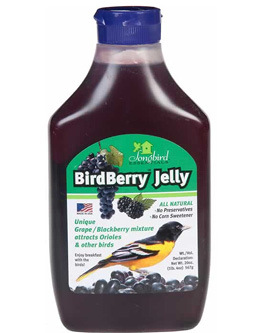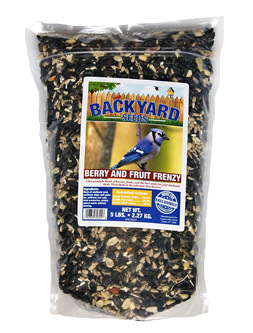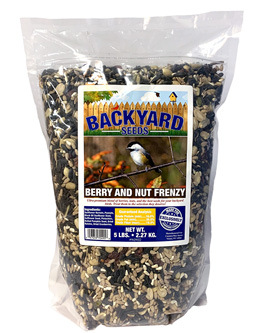Backyard Bird Life: September
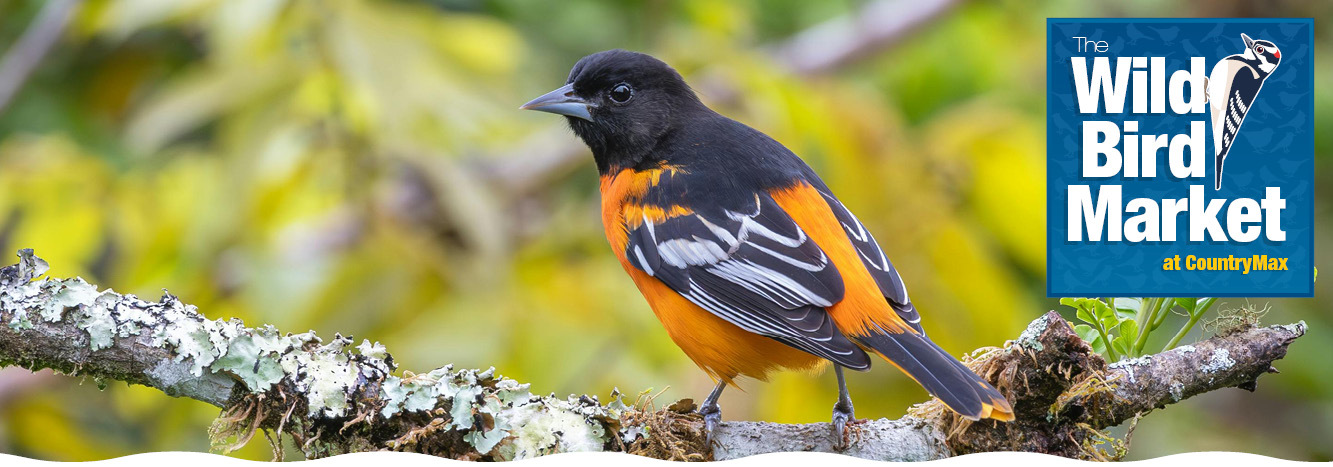

September is a turning point for birds—many are molting worn feathers, building energy on late-season berries and insects, and starting their journey south. Orioles in New York make the most of this month, snacking on every last meal before heading to warmer winter homes.



Nature’s Reason for New Feathers
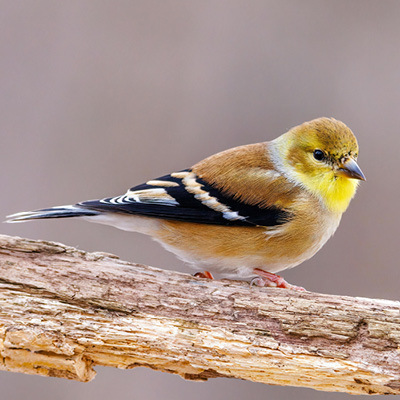
After molting, the American Goldfinch trades its bright yellow for warm brown, ready for the winter ahead.
As summer ends, many birds undergo a vital process called molting—replacing worn, sun-faded feathers with fresh, strong ones. This “feather reset” is essential for:
Flight Efficiency – New feathers improve aerodynamics for long migrations.
Warmth in Winter – Fresh plumage offers better insulation against the cold.
Protection – Healthy feathers repel water and shield birds from the elements.

As migration approaches, many birds need energy-dense foods to power long flights. Offering the right mix at your feeders helps them refuel quickly—and brings more species to your yard before they head south.
Natural Energy Boost – Berries and jelly are packed with natural sugars that give birds fast, usable energy.
Antioxidant Support – The vitamins and antioxidants found in berries help maintain overall health during high-activity periods.
Familiar Food Source – Fall brings thrushes, catbirds, and waxwings to berries, with Baltimore Orioles savoring jelly before their winter migration from New York.
High Protein Content – Essential for muscle maintenance and growth, especially important after molting and before migration.
Supports Feather Growth – Protein fuels the production of strong, weather-resistant feathers.
Energy for Long Flights – Migrating birds burn a tremendous amount of calories; mealworms help them stay fueled.
Appeals to Insect-Eating Birds – Bluebirds, wrens, chickadees, robins, and warblers all readily take mealworms, whether dried or live.
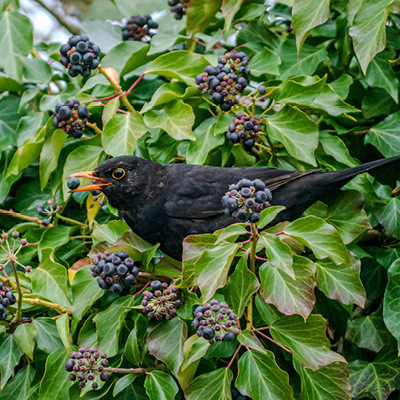
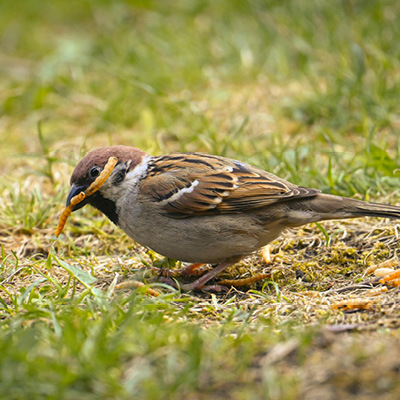

September marks the last chance to spot Baltimore Orioles in New York before they head south for the winter. During this time, orioles are busy fueling up on wild berries, fruit jelly, and even protein-packed mealworms—each providing essential nutrients for their long journey.
Fun Facts About Their Migration
Destination: Most Baltimore Orioles migrate to Central America, with many wintering in countries like Panama, Costa Rica, and Colombia.
Distance: Their migration can cover 3,000+ miles from their breeding grounds in the Northeast.
Travel Time: Orioles migrate in stages, often taking a few weeks to complete the journey, resting and refueling along the way.
Diet on the Move: While migrating, orioles switch between high-sugar foods like fruit and jelly for quick energy, and insects or mealworms for protein to maintain muscle strength.
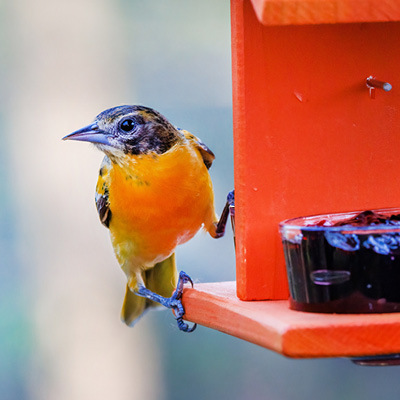
We’re giving you a new reason to love Tuesdays:
Buy two, get one free on wild bird seed! Every week is a new, money-saving deal that not only gets you more seed for your feeders, but also more Max Rewards points.
In-store sales. Max Rewards members only.
No rainchecks. Buy two at regular price, get free bag of same size and SKU.




